France PMI Manufacturing jumped to 55.0 in February, up from 51.6, well above expectation of 51.0. That’s also the highest reading in 3 years. PMI Services, however, dropped to 43.6, down from 47,3, well below expectation of 47.0. PMI Composite dropped further to 45.2, down from 47.7, a 3-month low.
Eliot Kerr, Economist at IHS Markit said: “The latest PMI data suggested that the French private sector is continuing to struggle amid the ongoing COVID-19 crisis. However, downturns in activity and new orders were confined to the service sector in February, where some businesses remain temporarily closed due to current activity restrictions. Meanwhile, there were signs that manufacturers are taking steps towards a recovery, with new orders increasing at the quickest rate for two-and-a-half years and output expanding solidly.
“Another bright spot in the latest data was the increase in employment for both sub-sectors. The second successive monthly rise at services firms is particularly promising given the ongoing decline in activity and suggests that firms are looking past the current climate and focusing on future growth. This was further illustrated by the strongest expectations regarding future activity since July 2018.
“The pandemic did, however, continue to cause issues on the supply-side, with input shortages driving another sharp rise in cost burdens and delivery delays. Moreover, firms were again unable to pass on higher prices to their clients. Instead, output charges were cut further, and again acted as a squeeze on profit margins.”




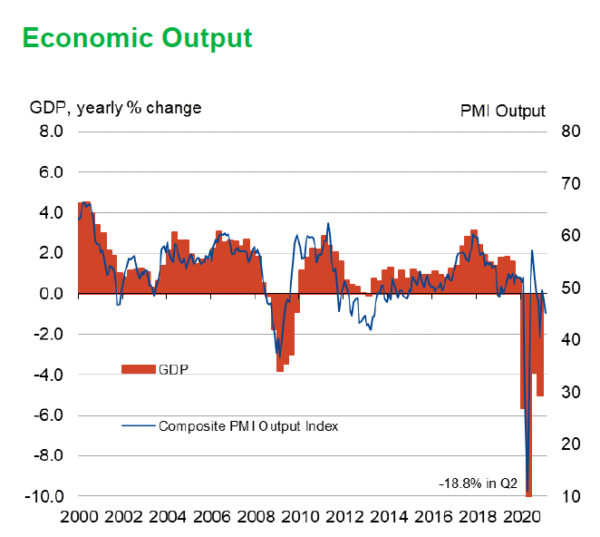
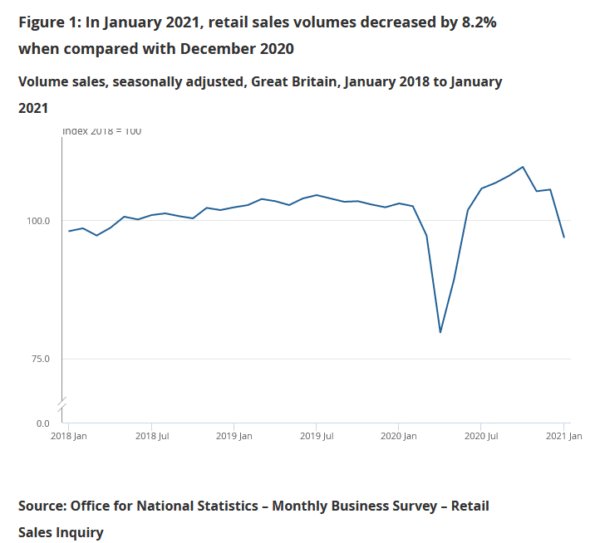
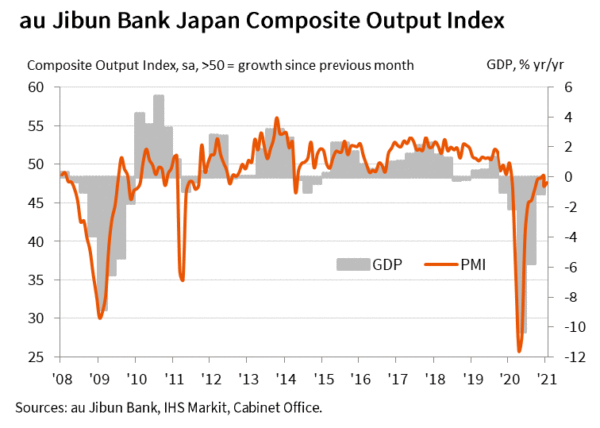
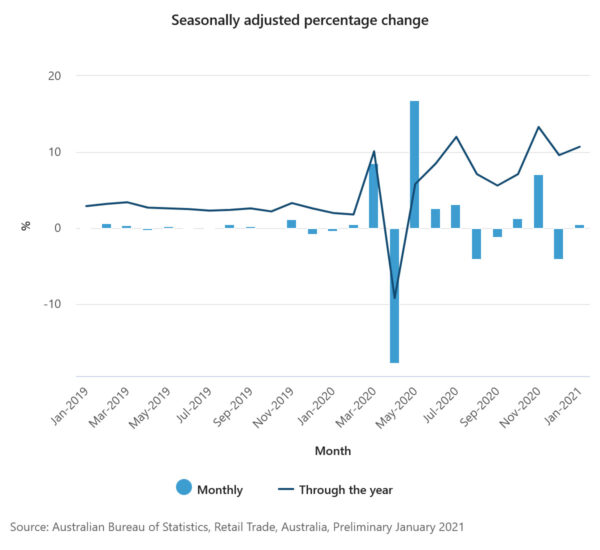
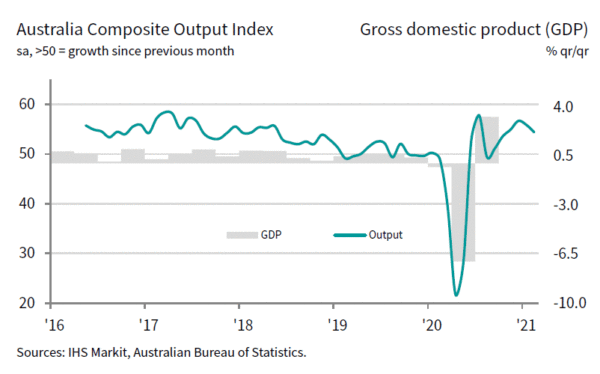
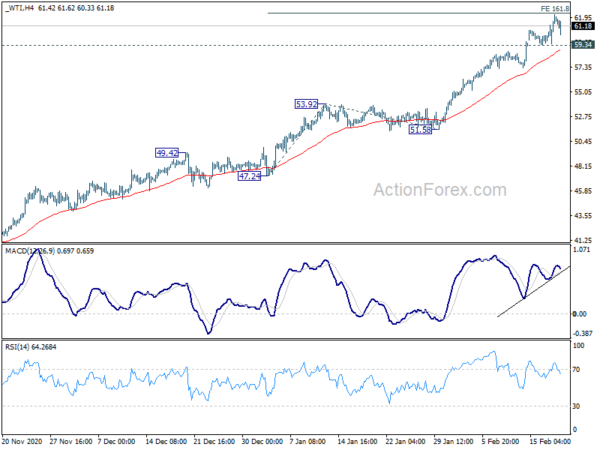
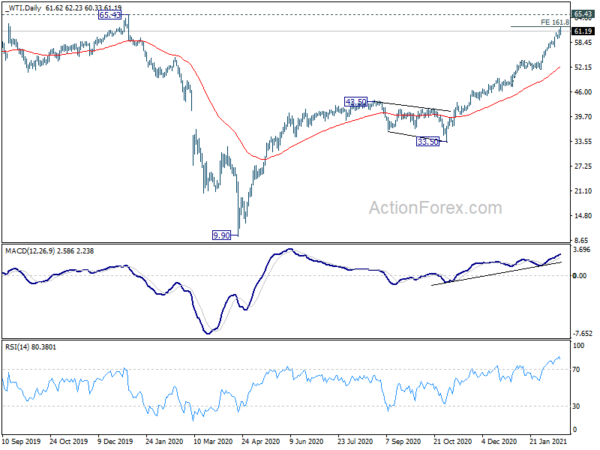
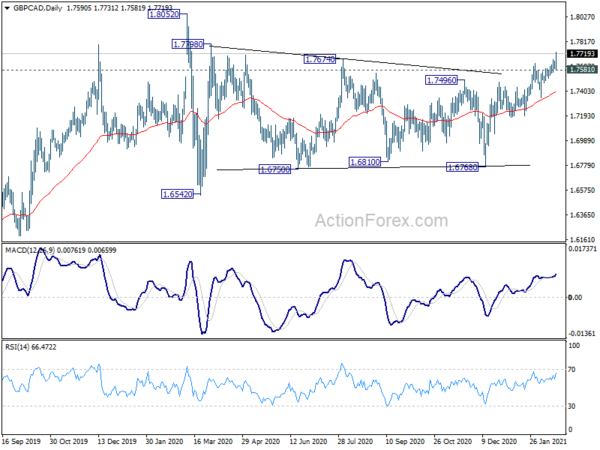
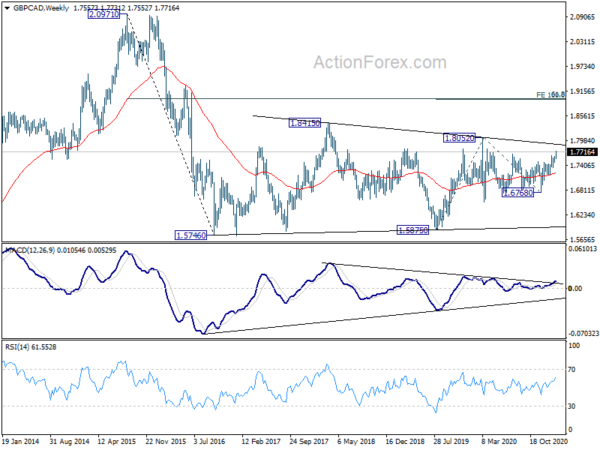
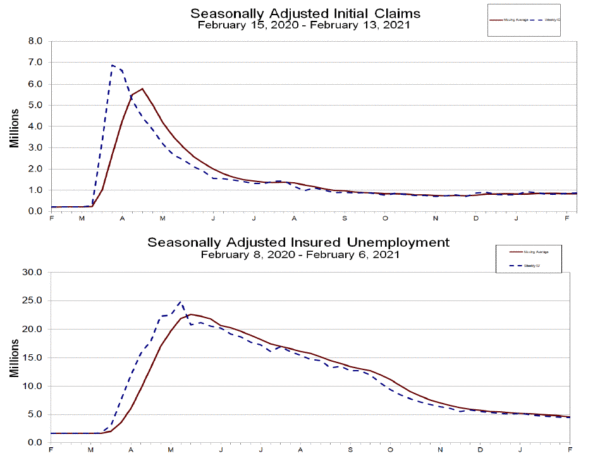
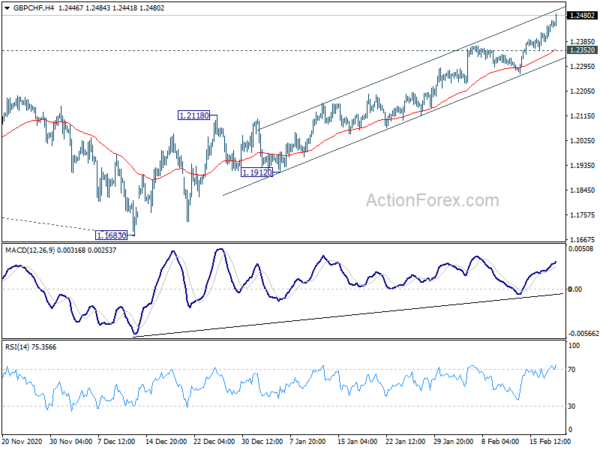
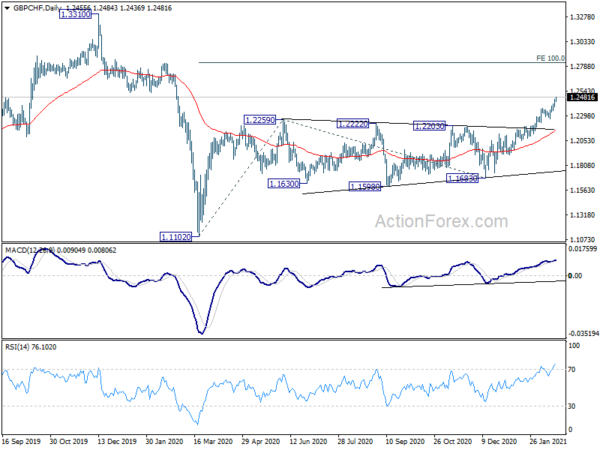
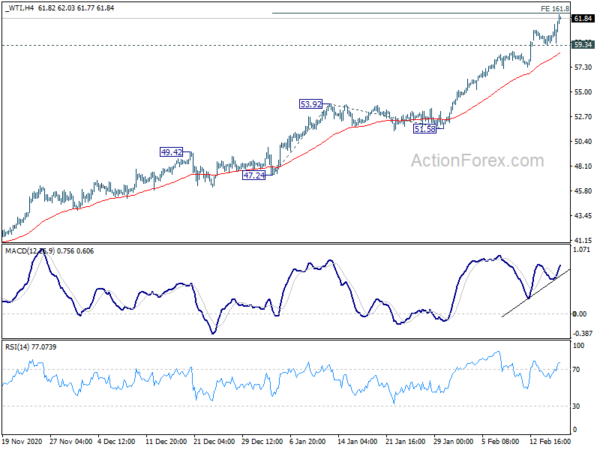
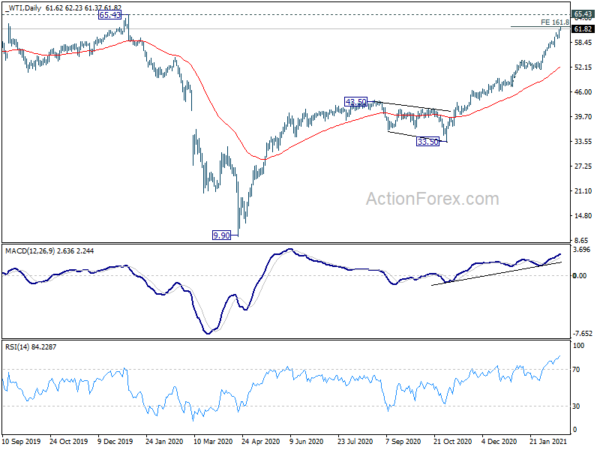
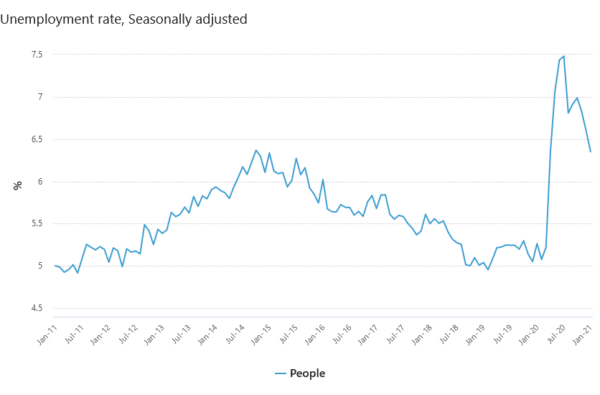
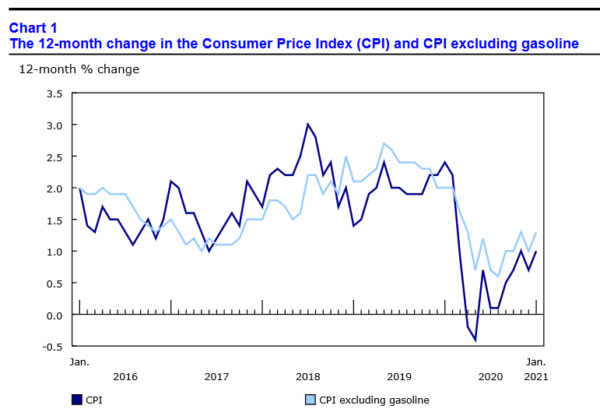
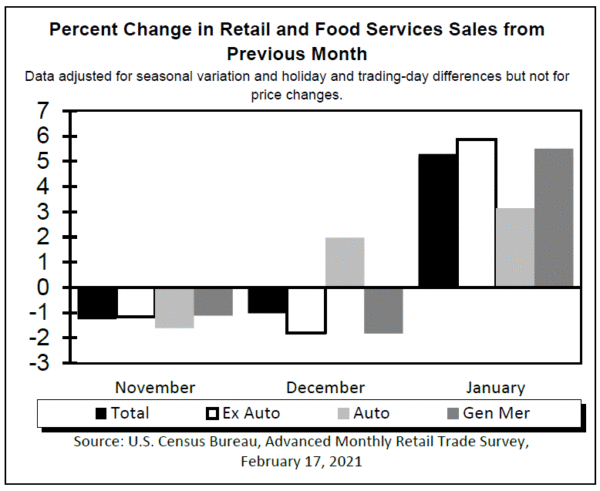
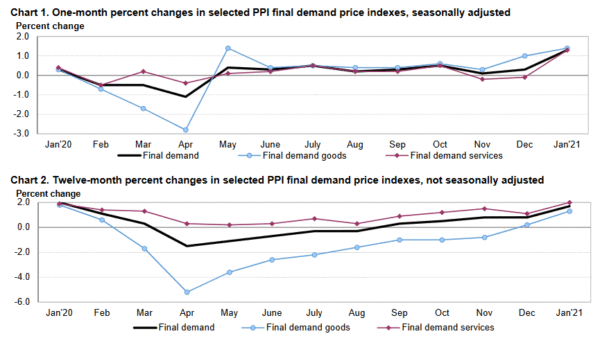

Germany PMI manufacturing surged to 3-yr high at 60.6, services dropped to 45.9
Germany PMI Manufacturing surged to 60.6, up from 57.1, well above expectation of 56.5. That’s also the highest level in 36 months. PMI services, dropped to 45.9, down from 46.7, slightly below expectation of 46.5. PMI Composite rose to 51.3, up from 50.8, a 2-month high.
Phil Smith, Associate Director at IHS Markit said: “February’s flash PMI results point to ongoing resilience in the German economy midway through the opening quarter, despite the country remaining under strict lockdown measures. Ongoing weakness in services, where large parts of the sector remain either closed or disrupted by virus containment measures, continues to be counterbalanced by strong, export-driven growth across manufacturing.
“It was encouraging to see manufacturing regain momentum in February after a slight setback in growth at the start of the year. Furthermore, the strong performance comes amid a backdrop of increasing supply-side pressures, with February’s survey showing record reports of delivery delays and sharply rising input prices. Manufacturers seem to be weathering the storm so far, but there is the potential for some near-term disruption should the situation worsen and firms find themselves short of raw materials and components.”
Full release here.